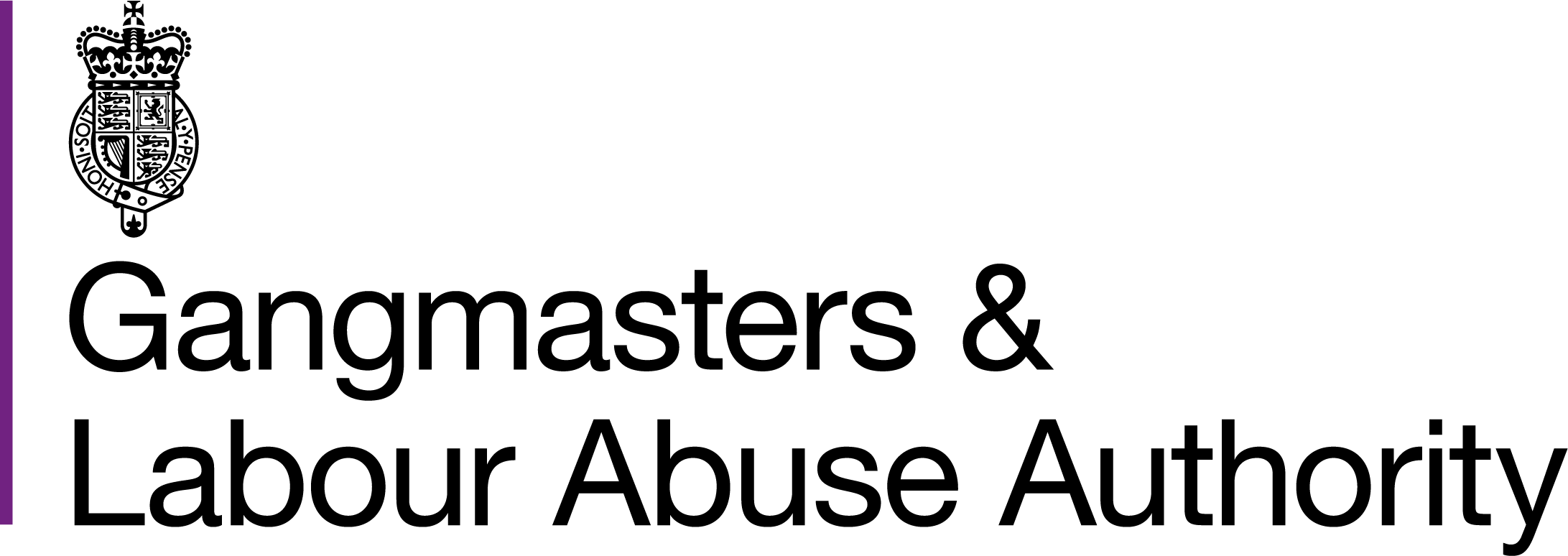Minutes - 88th GLAA Board meeting
Below are the minutes for the 88th GLAA Board Meeting.
Date 15/04/2024
Venue Hybrid
Time 10.30-16.30
Chair Julia Mulligan Secretary Victoria Robinson
Attendees
Julia Mulligan (JM) GLAA Board Chair
Dr David Snowball (DJS) GLAA Board Member
Pippa Greenslade (PG) GLAA Board Member
Keith Rosser (KR) Board Member
Suzanne McCarthy (SM) GLAA Board Member
Paul Ouseley (PO) GLAA Board Apprentice
In attendance
Emma Adams (EA) Governance, Planning and Impact Manager
Elysia McCaffrey (EM) CEO
Justin Rumball (JJR) Head of Finance
Phil Cain (PHC) Director of Operations
Samantha Ireland (SI) Director of Strategy and Impact
Victoria Robinson (VR) Secretariat
Jodie Gibson (JG) Home Office Sponsorship Unit
Observers
Mike Sheldon (MS)
Tony Lochery (TL)
Apologies
HO Policy Team
